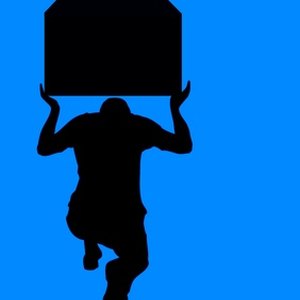
The Federal Housing Administration is the world's largest government insurer of mortgages, according to the Department of Housing and Urban Development. An agency within HUD, the FHA has insured approximately 34 million single-family residences since its inception in 1934. FHA insurance protects lenders from homeowner default, reimbursing their losses. FHA has various mortgage insurance programs, most of which allow second liens -- loans which take secondary position to the FHA-insured first mortgage.
Types
Second liens are also commonly known as junior liens, subordinate liens, piggybacks, secondary financing or simply, second mortgages. They are open-ended or closed-ended. Home Equity Lines Of Credit -- or HELOCs -- are open-ended credit secured by real estate. HELOCs differ from closed-ended loans because they involve a draw amount. A maximum draw amount is similar to the limit on a credit card -- you can charge or borrow up to a certain amount, and only pay interest on the balance you've drawn. Your monthly payment varies, depending on what you've borrowed.
Closed-ended loans involve borrowing a lump sum all at once. They usually come with a fixed payment based on the principal balance and interest owed. Generally, repayment terms on second liens vary between 15 and 30 years.
Function
Second liens function as supplemental financing for the homeowner. They are acquired at the time of purchase or afterward, through a refinance transaction. In addition to the balance owed on the FHA-insured mortgage, the borrower also owes the balance on their second lien. FHA does not insure second liens and the secondary financing may come from another lender -- not necessarily the first mortgage's lender.
Second liens may help pay for the initial acquisition of the home. The borrower may also obtain a second lien to use its proceeds for emergencies or to pay off debts.
Significance
A second lien will always remain in second -- or subordinate -- position to an FHA-insured first mortgage. Its secondary position is significant because it determines when it must be paid in full. For instance, when a borrower sells or refinances their home, they must first pay off the FHA loan, then the second lien. If there aren't sufficient funds to pay the first and second liens, the second lien holder endures the loss or has to wait for future payment.
Benefits
FHA will insure a first mortgage that has a second lien if the secondary financing comes from a federal, state or local government agency. Certain non-profit agencies -- those affiliated with the government -- may provide second liens in the form of down payment assistance loans. Also known as DAPs, these programs help borrowers fund the purchase of their home by providing low-interest and sometimes "soft" or "silent" second loans to cover down payment and sometimes closing costs, according to HUD. Silent seconds are loans which require no monthly payment, but are due in full upon sale or refinance of the home.
Warning
FHA will not allow all forms of secondary financing upon purchase or refinance. For instance, it prohibits second liens with balloon payments (loans amortized over a specific term, but due in full within a shorter time frame), or prepayment penalties (fees owed to the lender for paying off the loan before a specific period of time). The borrower must have the ability to afford the monthly payment on the FHA first mortgage, the second lien and other housing expenses, such as taxes and insurance.
References
Writer Bio
Karina C. Hernandez is a real estate agent in San Diego. She has covered housing and personal finance topics for multiple internet channels over the past 10 years. Karina has a B.A. in English from UCLA and has written for eHow, sfGate, the nest, Quicken, TurboTax, RE/Max, Zacks and Opposing Views.

